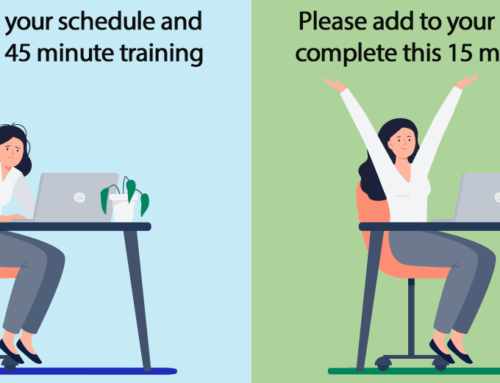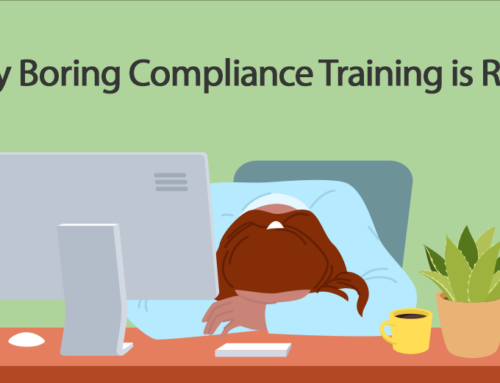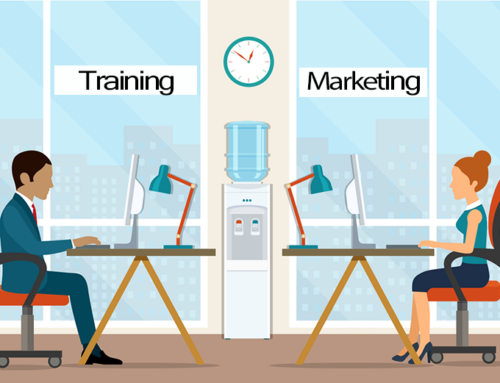Smarter Course Design for Busy Employees:
Design With Respect
Introduction:
Getting caught up in delivering all the necessary information at once is easy when developing corporate training. After all, leadership, compliance, and HR often have a lot they want employees to know.
But here’s the truth: most employees aren’t sitting at their desks with 90 minutes of free time, waiting for a course to launch.
Respecting the reality of your employees’ busy schedules isn’t just polite — it’s a more innovative, more effective way to design training. If you want employees to engage with, retain, and apply what they learn, your course structure has to meet them where they are.
Good Corporate training design is employee-centered, not content-centered.
The Pitfall: Designing for the Content, Not the Learner
Too often, training courses are built around content “dumps.”
The mindset is: “We have 90 minutes’ worth of material. Let’s build a 90-minute course.”
But from a learner’s perspective, that structure feels:
- Overwhelming
- Inflexible
- Easy to postpone
And worse — it reduces the chance that employees will retain anything meaningful.
The result? Box-checking — not real learning.
Be Creative: Build Training with Flexibility in Mind
Instead of building one long course, think about how employees will actually consume the material — in small windows of available time.
Some strategies to design with respect:
- Modular Design: Break content into digestible chunks (e.g., nine 10-minute lessons instead of one 90-minute session).
- Learning Paths: Let employees complete small modules in sequence over a set time period (e.g., “one per day” rather than “a 90-minute session”).
- Save Points: Allow learners to pause and resume easily — without losing progress.
- Branching Scenarios: Create flexible “choose your path” learning journeys where employees explore topics based on relevance.
- Optional Deep Dives: Offer bonus resources for those who want to explore more without overwhelming everyone.
It’s easy to create a long course. It’s much harder — and far more valuable — to create a short one that actually works. Designing for busy employees means distilling the essence of your message without diluting it. That takes discipline, clarity, and creative instructional design. As business author Seth Godin once put it:
“People are not too busy to learn — they are too busy to waste time.”
— Seth Godin
When you treat learners’ time like the limited resource it is, you’re more likely to earn their trust, attention, and action. Respect in course design isn’t about cutting corners — it’s about cutting clutter and designing for real-world success.
Respect = Better Results
Designing training with flexibility shows employees that you understand their reality and trust them to manage their own learning.
When employees feel that respect, they:
- Engage more willingly
- Retain more information
- Apply learning more effectively on the job
It’s not about watering down your content.
It’s about structuring it to empower employees to learn without burning out.
A Quick Example: Leadership Training
Imagine you have 90 minutes of leadership development content that needs to be completed in two weeks.
You could deliver it as:
- One single 90-minute course (cue the sighs and procrastination)…
OR
- A series of nine 10-minute modules with flexible scheduling — where employees can take one a day or a few at a time, as their schedule allows.
The information stays the same — but the experience, the mindset, and the results change dramatically.
Final Thoughts: Think Like a Learner, Not Like a Content Owner
Good instructional design isn’t just about presenting information. It’s about making learning accessible, realistic, and achievable for busy professionals. Respect their time. Respect their bandwidth. Design creatively, and you’ll not only deliver information but drive real behavior change.





